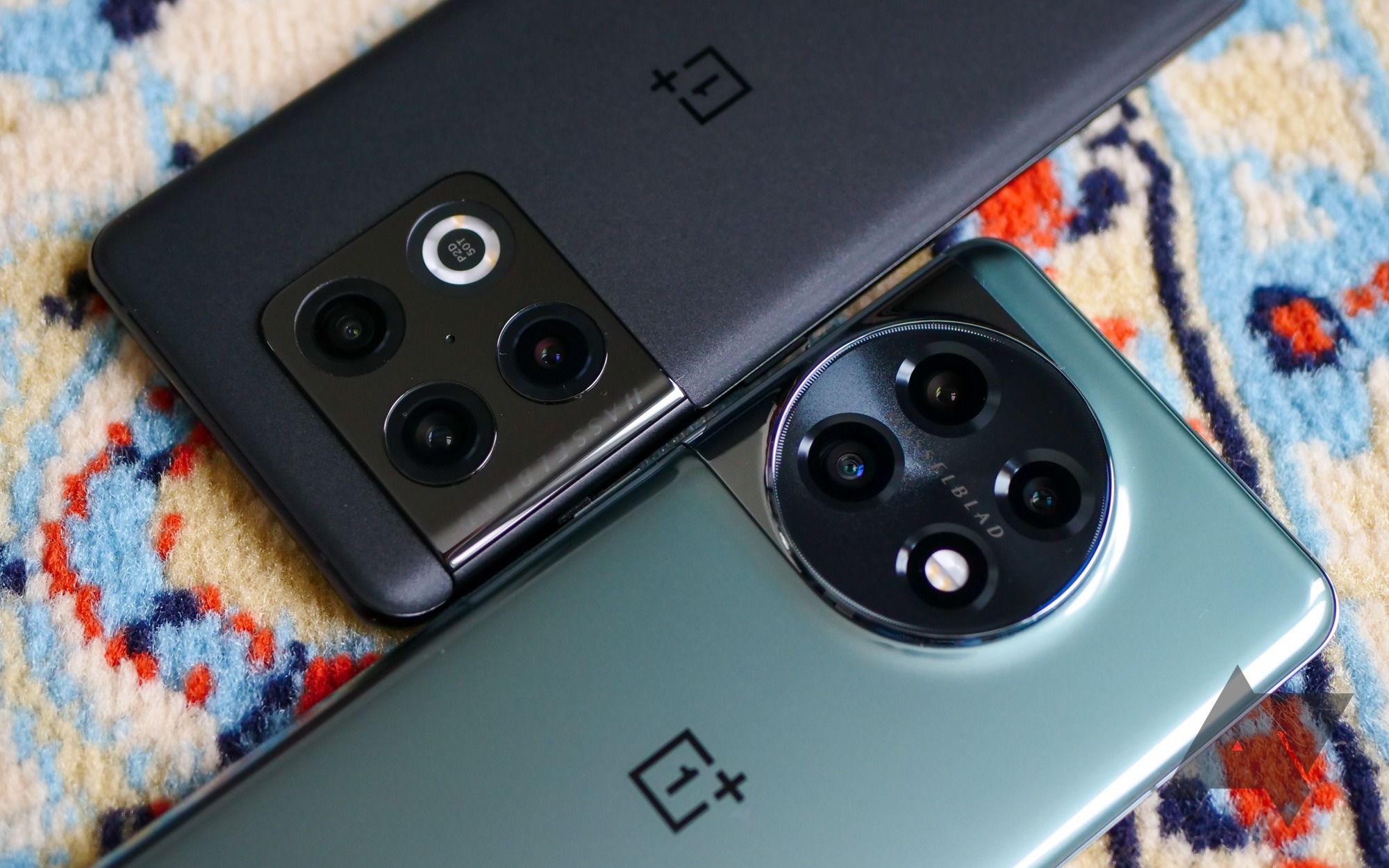OnePlus says the bloatware prompt seen on its flagships was an error, but it’s still there

Summary
- OnePlus 12 and OnePlus Open are top-tier flagships, praised for design and power, but are now facing criticism for including bloatware during setup.
- Third-party apps are being injected by OnePlus during setup process, varying by region, with some regions experiencing up to four additional apps.
- OnePlus claims bloatware was part of a test and should be corrected, but the issue persists, leaving uncertainty about the future of the brand.
You know OnePlus is doing something right when multiple devices from the brand are considered some of the best you can buy in 2024. Spearheading the movement are the OnePlus 12 and OnePlus Open, which are the brand’s flagships when it comes to slabs and foldables. These handsets earn top marks thanks to their design, power, and thoughtful software, but they aren’t perfect by any means.

Best OnePlus phone deals: up to $700 off OnePlus 12 and OnePlus Open with trades
Some enticing trade-in offers top off the best OnePlus phone deals this month
And while we’ve seen some relatively clean versions of Android on OnePlus devices in the past, with excellent software updates that bring improvements to the experience, it looks like the company has been testing the waters recently by injecting third-party apps (bloatware) during the setup process, which was spotted by Android Authority.
Third-party apps hidden in plain sight
Now, this process is fairly common with some manufacturers, with third-party apps being part of the installation process. And while it might be a bit annoying, most times, these types of apps can be uninstalled. With OnePlus, we’re now apparently seeing something similar, with the brand now installing up to four additional third-party apps in some regions, unless you’re opting out, which can be done within the “Review additional apps” menu.
Now, it appears that OnePlus is treading carefully here, with different approaches for different regions. Android Authority’s Senior Writer Aamir Siddiqui tested the setup process in three regions and found that India gets hit with the most third-party apps, with a total of four, while the US gets just one, and the EU is presented with none.
This behavior is present on the OnePlus 12 and OnePlus Open, with Siddiqui reporting that the problem is even worse on the latter, as there are more pre-installed apps that aren’t as simple to remove or uninstall like ones from Meta. While it is hard to say how this might change in the future, it looks like things could get worse, with the latest firmware hinting at the possibility that more of these apps could be included.
For the most part, this trend has long been a part of the experience with some manufacturers, and while most folks probably won’t blink an eye at this behavior, those that want an untainted experience will need to be aware of these things and fix them best they can. Of course, there are solutions, and we’ve covered it in great detail, providing a tutorial on how to remove bloatware from your phones.
OnePlus claims that what Siddiqui found was just part of a test, and should be corrected as of May 6, but the author was able to replicate the behavior after this date, so it’s unclear if this issue will ever be resolved. This is something that will likely need to be monitored to see whether it gets better or worse in the future.
While it’s not the most ideal scenario, this is sometimes necessary, especially on budget devices. The brand even admits that its Nord devices do have pre-installed apps, which, again, isn’t ideal but understandable when you’re paying so little for a phone. But is this something OnePlus needs to implement on its top-tier flagships? Let us know what you think in the comments below.





